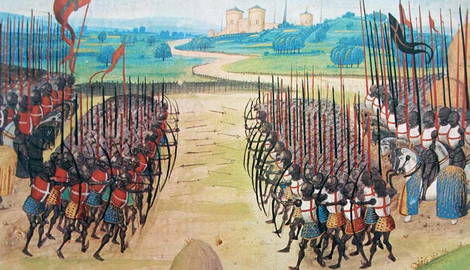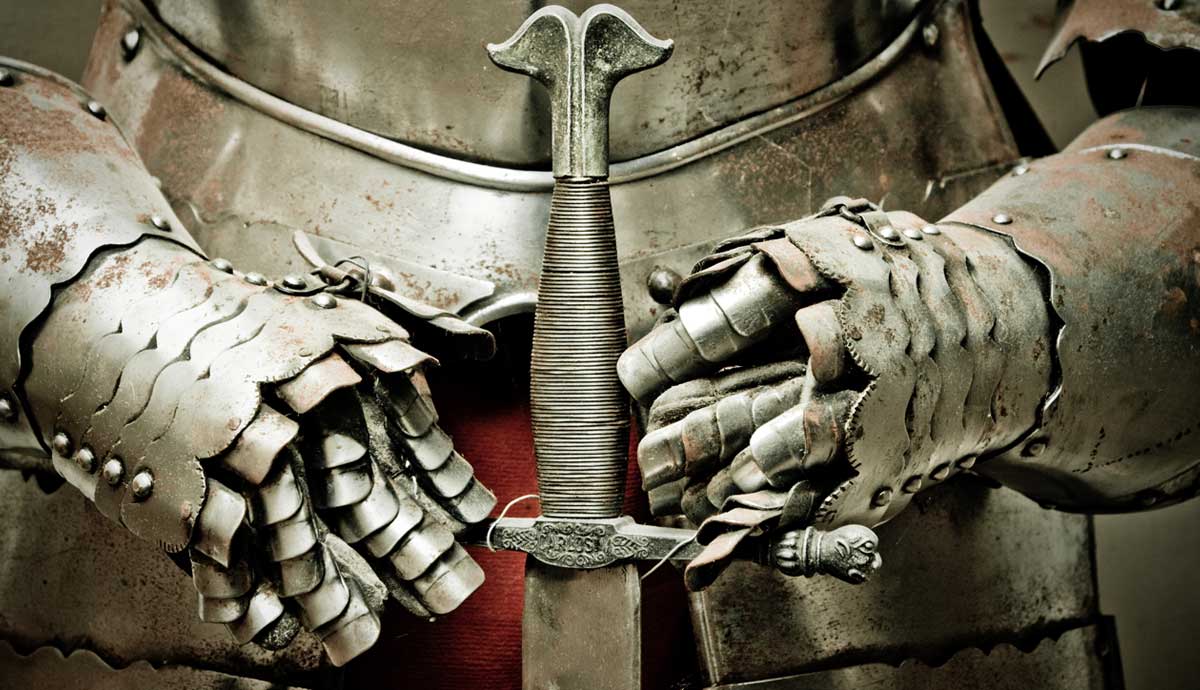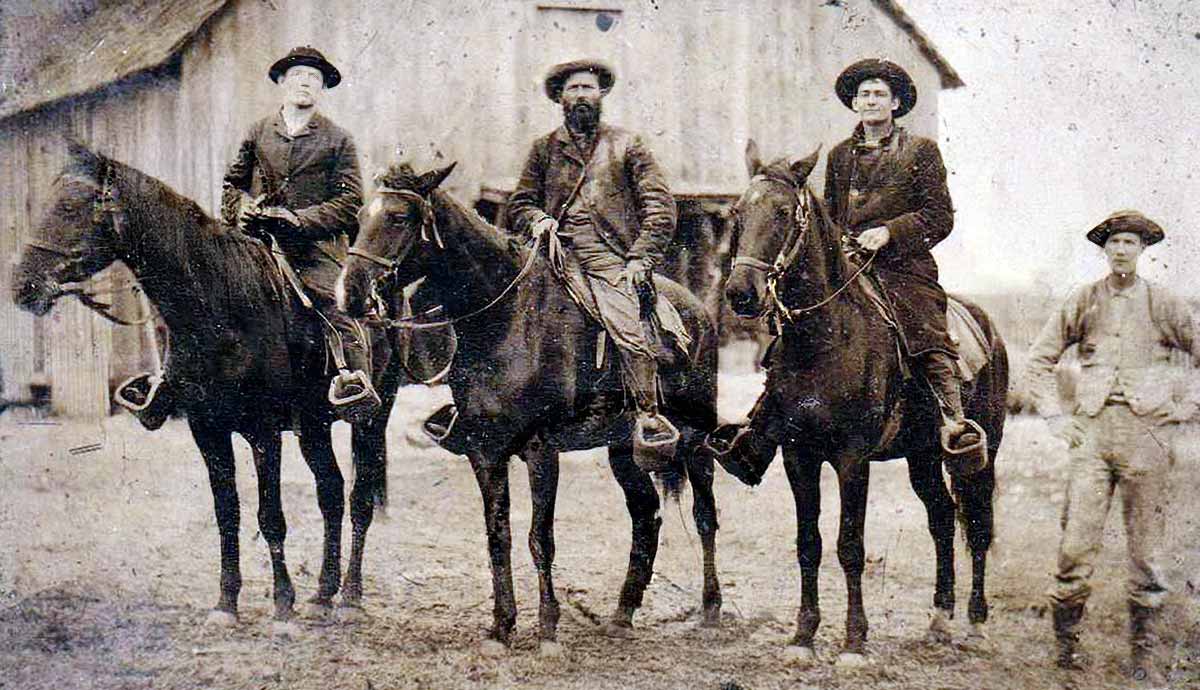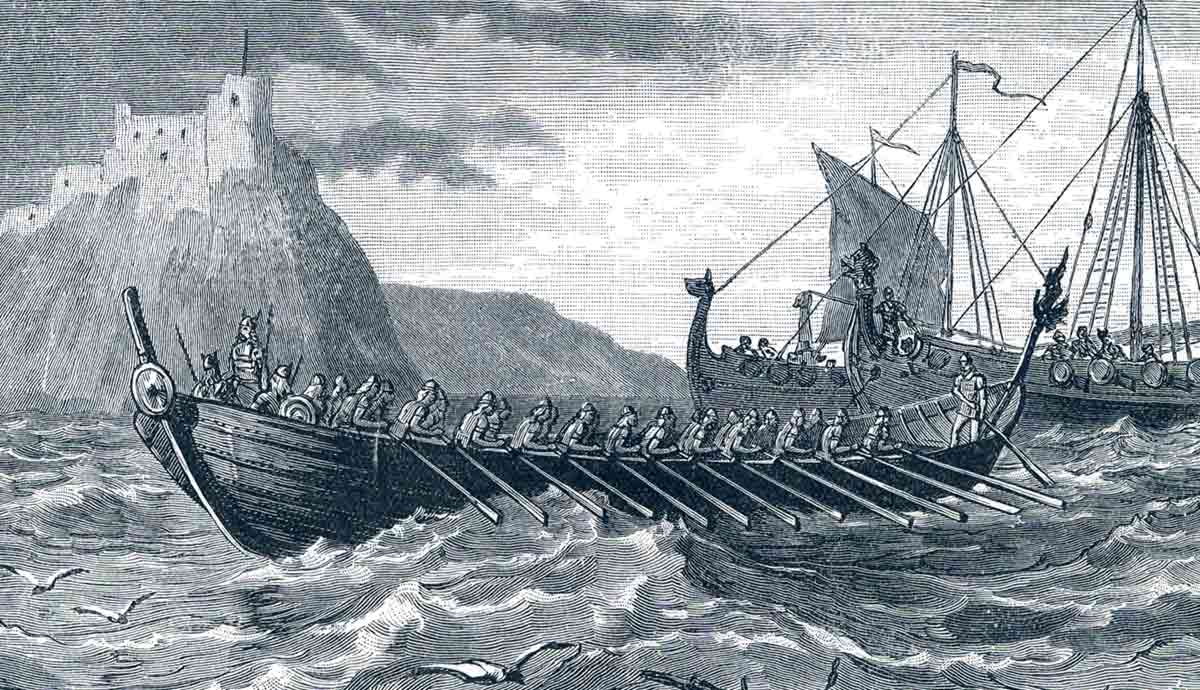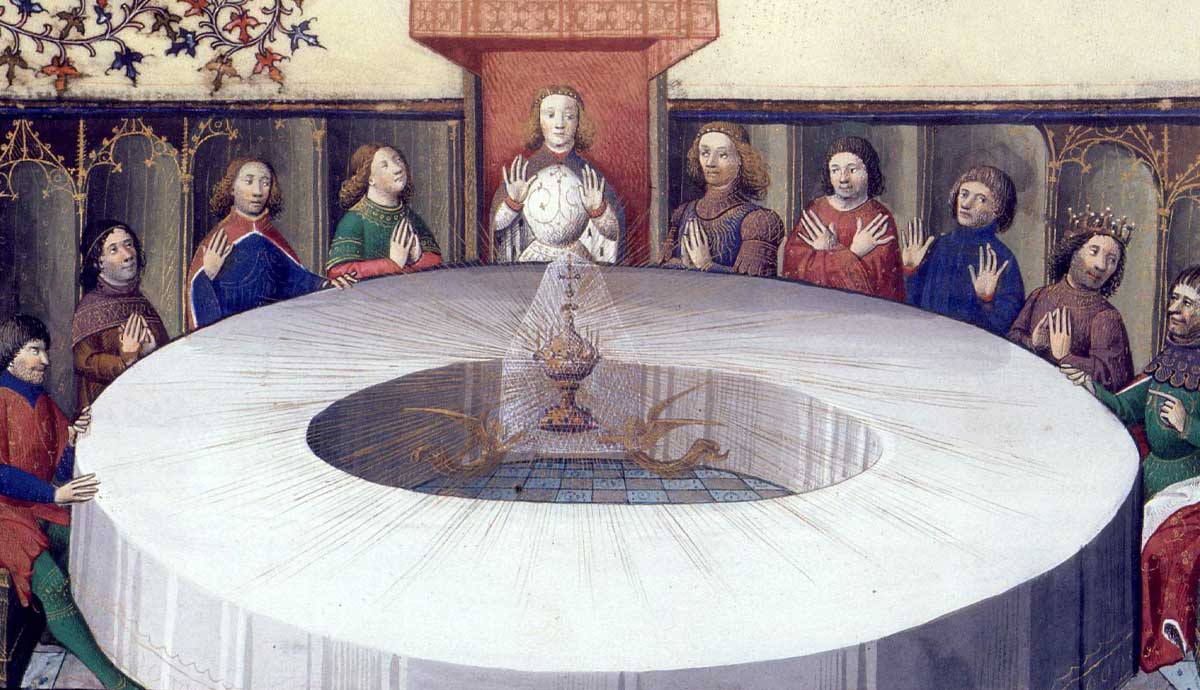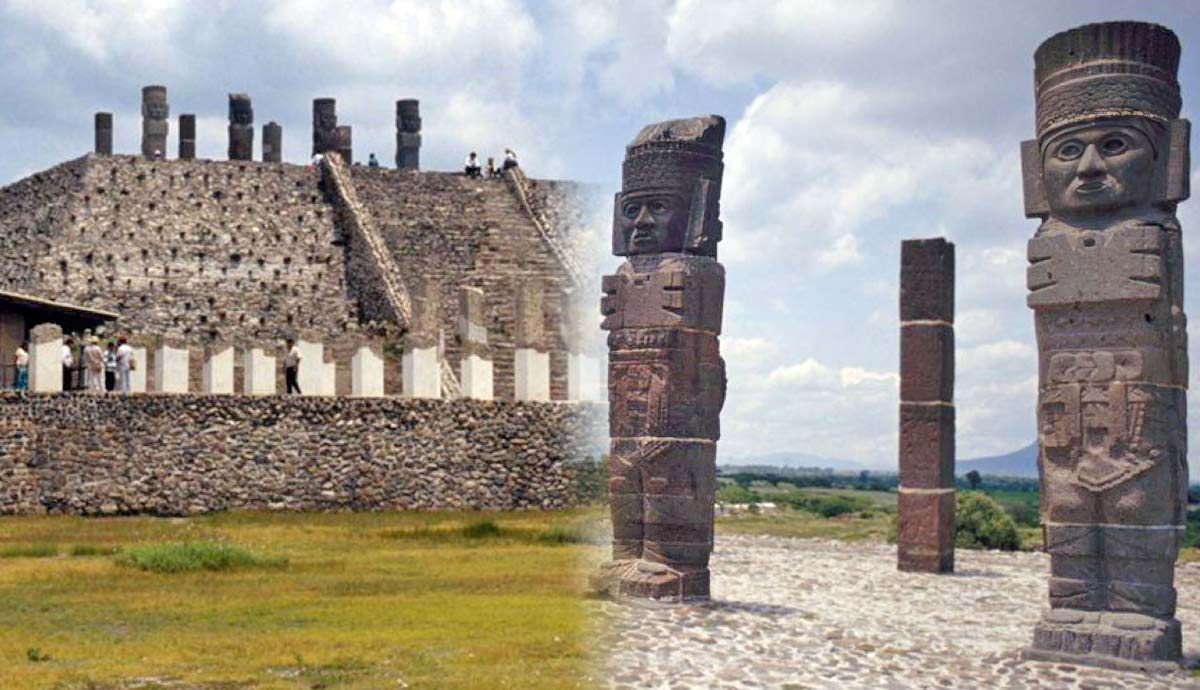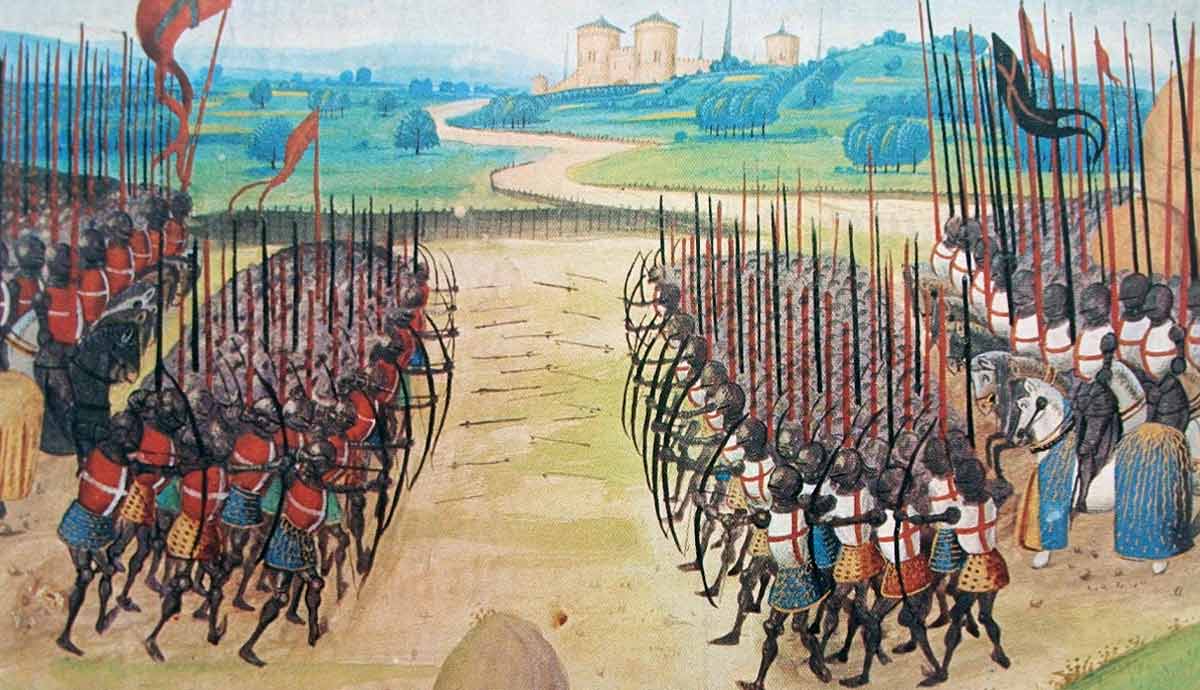
Medieval battles were brutal, blood-soaked grind. Clever tactics and strong leadership often mattered, yet true upsets happened only when the weaker side found an edge. Whether better weapons, better tactics, knowledge of the terrain, or an unbreakable esprit de corps. The battles below illustrate moments when determined underdogs defied the odds and claimed stunning victories.
The Battle of Montgisard: An Inspired Victory in the Holy Land
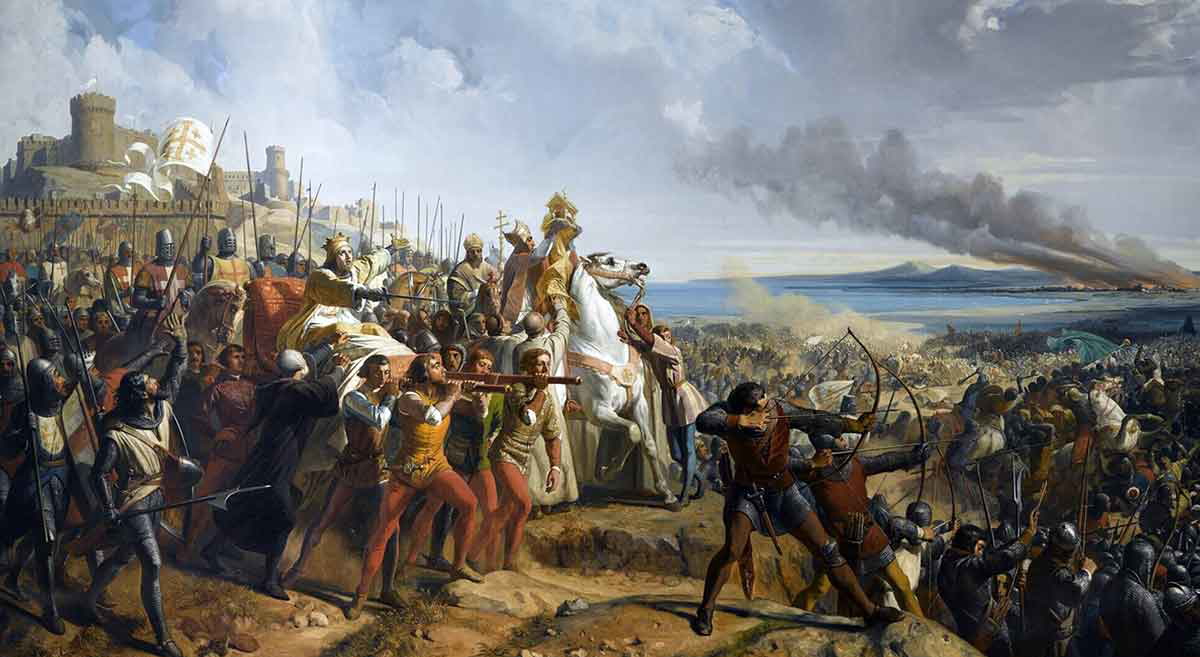
The Holy Land in the mid-12th century existed as a patchwork of Crusader and Muslim states. The initial shock of the Crusader attacks had waned. Muslim armies started chipping away at the Christian kingdoms. Their armies usually outnumbered or equaled Christian armies in numbers. The 1177 Battle of Montgisard began with Islam’s great leader, Saladin. He sought to retake Jerusalem while the Crusaders seemed distracted by troubles north in Syria. His 20,000-plus army invaded the Kingdom of Jerusalem from Egypt, confident in an easy victory.
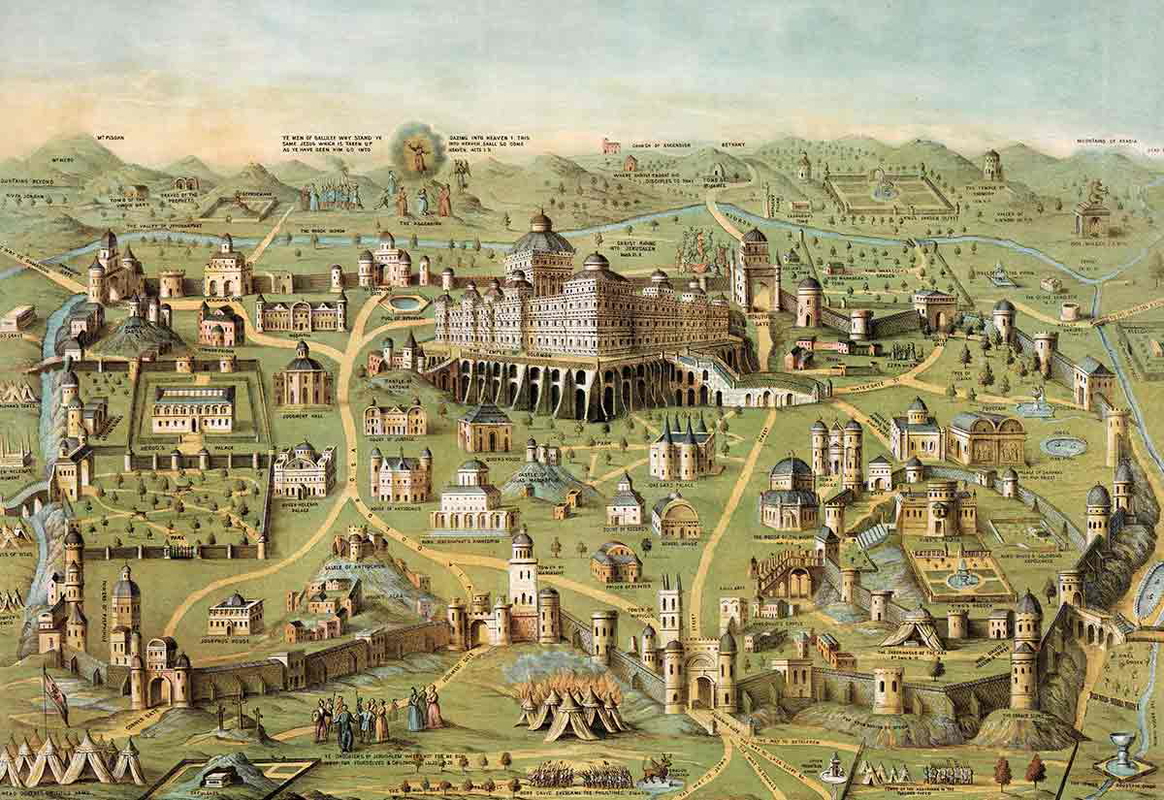
King Baldwin IV, the Leper King, through scouts and garrisons, heard of the Muslim advance while at a fortress south of Jerusalem. Despite being ill from his disease, he rallied the local forces of about 4,000 soldiers, including some formidable Knights Templar, to intercept.
The Crusader army, bearing a piece of the True Cross, caught Saladin’s army dispersed at Montgisard closer to Jerusalem. The Crusaders charged Saladin’s center, burst through, and crushed their enemy. Thousands died, were captured, or fled, including Saladin. The Crusaders’ victory resulted from Baldwin IV’s determination, quick response, and tactics. In a rare tactical miss, Saladin underestimated his enemy.
A Medieval Bridge Too Far: The Battle of Stirling Bridge

The Battle of Stirling Bridge in 1297 was the medieval edition of World War II’s A Bridge Too Far. In the 1976 movie, British paratroopers failed to seize a Dutch bridge, losing thousands. In this 1297 version, an English army met a similar fate.
The mid-1290s saw the outbreak of the First War of Scottish Independence. An English army of 9,000 came north to the burgh (fortress town) of Stirling. Its namesake bridge over the River Forth controlled entry to the Highlands. This narrow, diagonally pointed wooden bridge stood only wide enough for two horsemen abreast. And here the English began to cross.
In a masterful use of terrain, tactics, and patience, the Scottish army waited on higher ground. The Scots waited until half the English came across and then struck. Pinned against and then cut off from the narrow bridge, this part became a choke point.
Using schiltron formations (a sort of phalanx), the Scots rushed in, trapping the English on their side, blocking the bridge. The English destroyed the bridge and retreated. In this battle, the Scots used the high ground, patience, and exploited the English’s slow buildup to beat their opponent.
Strategy and the Longbow in the Battle of Agincourt
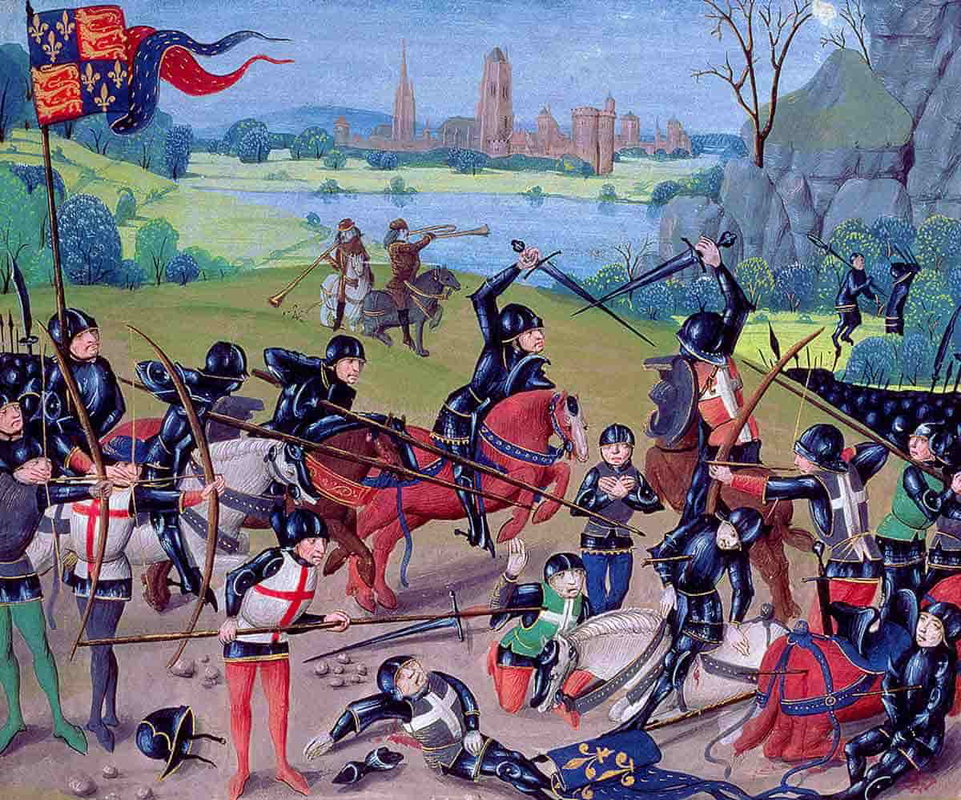
No medieval underdog battle stories can be told without mentioning the 1415 Battle of Agincourt. Here, tactics, terrain, and the famous English longbow made the underdogs the victors. The battle began as the French sought to intercept Henry V’s English army heading for Calais. With his invasion of France to claim the French throne wrecked, his army lay weakened from disease or losses.
With around 6,000 men or a bit more, Henry knew the French army sat astride his route. A fight was inevitable. Outnumbered by at least 2 to 1, the English king chose the battlefield wisely near Agincourt in a narrow, muddy, marshy field with forest on either side.
Henry’s use of this field created a choke point, narrowing his exposure to only his front. To either side went the archers with the deadly longbow. Not by coincidence, as the bulk of his soldiers were bowmen. The men-at-arms occupied the center.
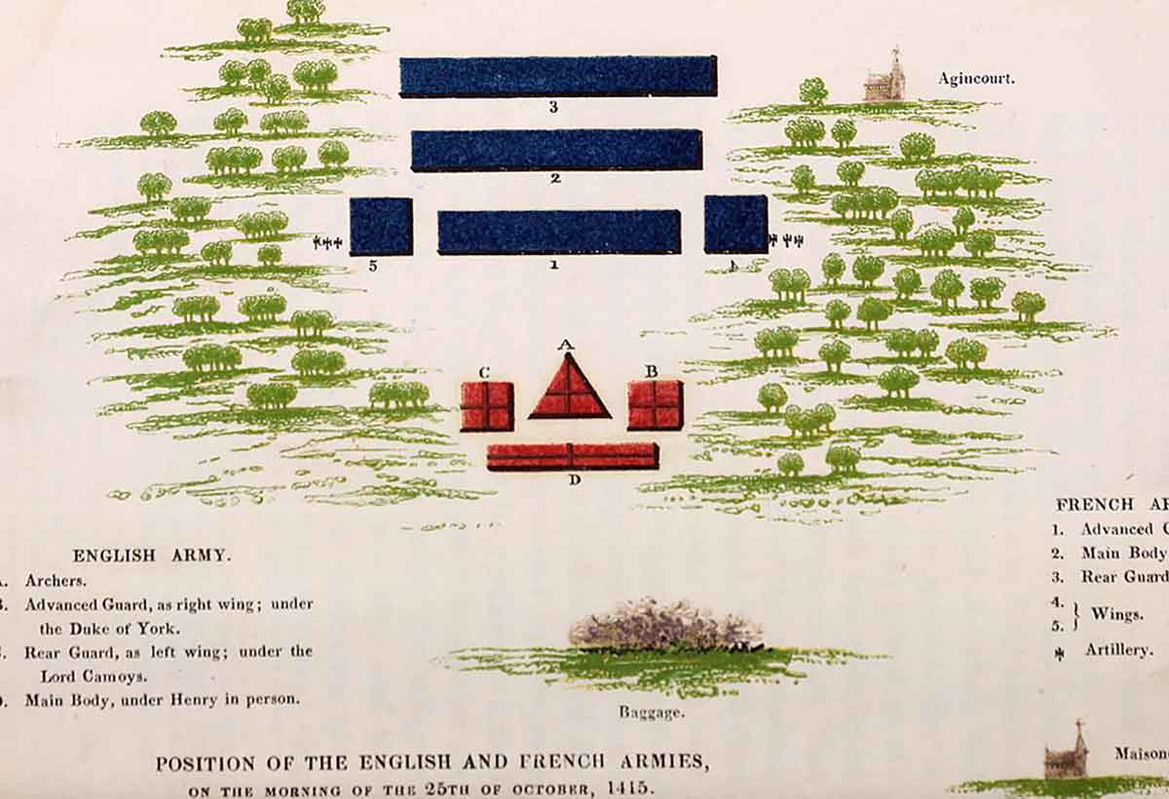
Around 11 am on October 25, the French knights charged. Slowed by the mud and hemmed in by the forest, the English archers blasted withering volleys into their packed ranks. The knights, though protected by their armor, got hit with so many arrows that meant gaps, such as visors, would be found or punctured. Quickly exhausted and unable to retreat from those advancing from behind, the French knights died. English soldiers swarmed over the hapless knights in melee, slaying more. The last French wave refused to charge, seeing the slaughter.
Henry’s deadly use of position, tactics, and especially the powerful longbow won the English their underdog victory. Here, the longbow again was a game changer. Yet like the other underdog victors, Henry’s army had that something which proved greater than their opponents could muster.
